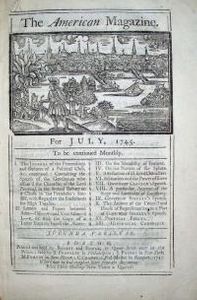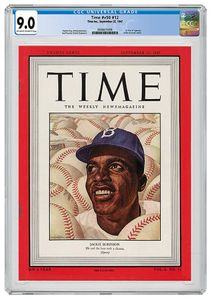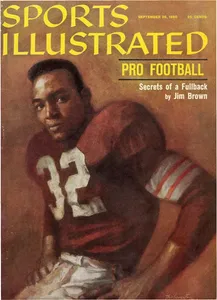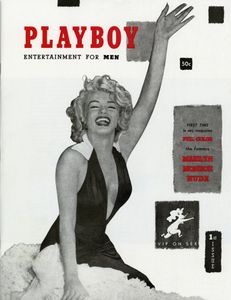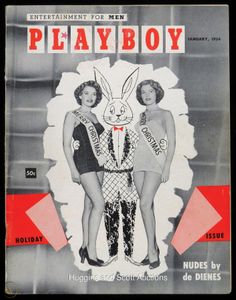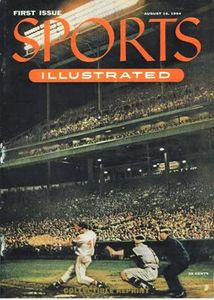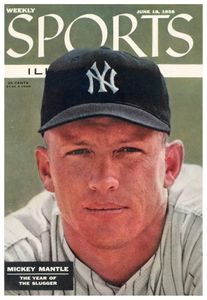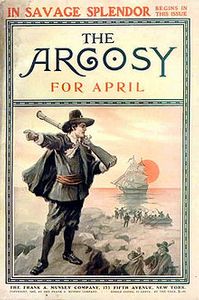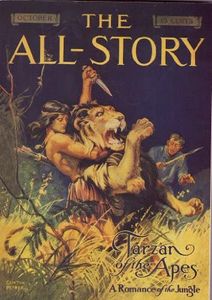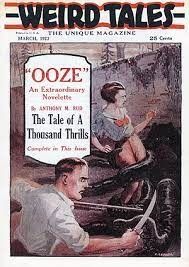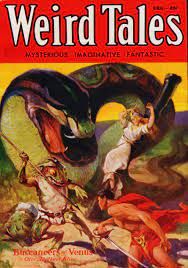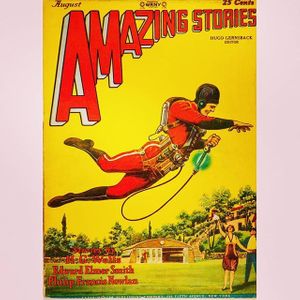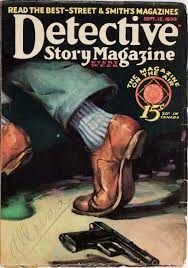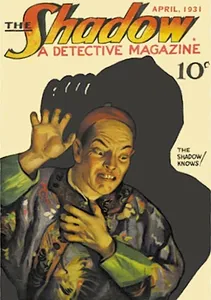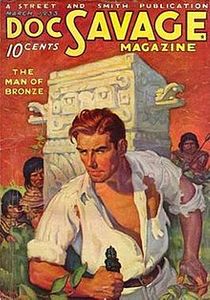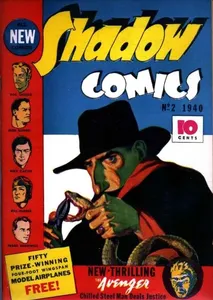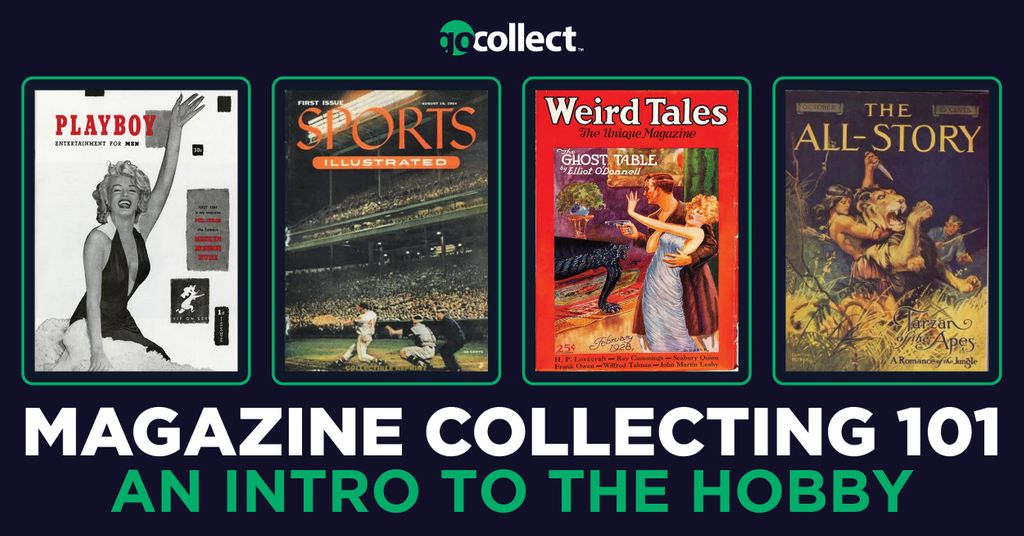
A Very Quick History of Magazine Publishing
Magazine publishing began in Germany in the 17th century and quickly spread across Europe. Mass circulation magazines – what we think of as magazines today – started being circulated in the United States in the 1830s. These mass circulation magazines served as reading material somewhere between a newspaper and a book – not too heavy reading, like a novel, but not as much of a quick read as a newspaper story. Magazines were published for nearly every demographic of reader, and the market was nearly flooded with magazines for just about anyone.
By the 1930s, first photography, and then color printing, dominated the industry. Advertising, which had nearly always existed to some extent in magazines, took on greater prominence, influencing styles and trends in publishing. While the advent of the internet has certainly cut down on the number of magazines published today, it is still a publishing venture that is very much in existence.
Magazine Collecting
Magazine collecting is nearly as old as magazine publishing. For modern-day collectors, it’s a hobby very similar to, although less lucrative than, comic books. Grading is similar, as is the focus on key issues or runs of the series. CGC is the primary grading company, although there are others. For modern magazines, those sold on newsstands are more highly prized than subscription magazines, particularly those with a subscription label attached.
Pricing, particularly pricing guides, is nearly impossible to find on the internet. Print guides are old at this point, with nothing released from a reliable publisher in over a decade, at least nothing that can be found on Amazon. We’re able to glean some information on pricing, at least for the most popular key issues and series. A search of past sales on Heritage Auctions’ website is an invaluable resource for those looking for the most current values of some issues of pulp magazines, Sports Illustrated, or Playboy, for example.
For the purposes of this piece, we’re going to focus on magazines published in the United States as they’re the ones American collectors tend to focus on. There is certainly a market for magazines published outside the U.S., especially pre-20th century magazines. We’ll investigate first the two most popular mass-market magazines for collectors, and then pulp magazines.
Playboy
There is no slick printed magazine more prized by collectors than Playboy. The magazine, published by Hugh Hefner, began publication in December 1953. That first issue featured Marilyn Monroe on the cover and a nude photo of her inside that Hefner had purchased.
A 9.4 graded copy of Playboy Vol. 1 #1 sold in a Heritage Auction in May 2016 for $71,700, the last time a copy in this grade was up for sale. This is likely the highest price paid for a mass-market magazine of fairly contemporary vintage.
The second issue of Playboy would be the first to feature the Playboy Bunny. Playboy Vol. 1 #2 last sold in the 9.2 grade in a Heritage Auction in May 2018 for $6,573. Other noteworthy issues of Playboy include Playboy Vol.2 #2, which sold in that same May 2018 auction for $8,963 for a pristine 9.8 graded copy; and Playboy Vol. 1 #3 with a 9.6 grade selling in the May 2018 auction for $7,170.
Sports Illustrated
Individual issues of Sports Illustrated are coveted not only by magazine collectors but also sports fans and hobbyists, making them among the more valued collectible magazine issues. For a deep dive into collecting Sports Illustrated, check out this GoCollect blog from James Kehoe written earlier this year.
Regarding the first issue – Sports Illustrated Vol. 1 #1 – a 9.8 graded copy sold in a March 26 Heritage auction for $9,300, the top price ever paid for this issue. Of course, that’s but a pittance compared to other issues.

Following close behind is a 9.0 graded copy of Sports Illustrated 06/18/1956, the first Mickey Mantle cover, selling for $27,600 in an August 28 Heritage auction. What’s great about this particular issue is that we have a comparison to show how prices are affected by a copy being a newsstand edition versus a subscription edition.
A 9.4 graded copy of this same issue sold in a November 18 Heritage auction for $17,400. That’s a 37% drop in price for a subscription copy grading two points higher! Newsstand copies of magazines are clearly more desired by collectors, so be careful as you’re looking for deals.
Rounding out the top five for Sports Illustrated issues selling in a Heritage auction are $13,800 paid for a 9.8 graded Sports Illustrated 2002 Tom Brady Super Bowl Champion Special Edition, and $13,200 paid for a 9.2 graded Sports Illustrated 06/10/1963 copy – the first cover featuring Muhammad Ali, then known as Cassius Clay.
Pulp Magazines
The big money in magazines, however, is in the pulp magazine hobby. Pulp magazines were published from the late 19th century until the 1950s. They were printed on cheap wood pulp, thus giving them their name. Their ancestors were the penny dreadfuls and dime novels of the 19th century and American superhero comics are considered among their many successors.
Many contain early works by famous science fiction, fantasy, horror, western, and adventure authors, such as Edgar Rice Burroughs, Robert E. Howard, H.P. Lovecraft, and Zane Grey. The first pulp all fiction magazine was Argosy, published by Frank Munsey beginning in 1882. While it originally published children’s stories, it wasn’t until 1884 that the magazine began shifting to adult fiction.
One important note for collectors: at the present time the bulk of sales of collectible pulps are for raw copies. Slabbing is not yet considered an important aspect of the hobby, although that could change.
First Appearance of Tarzan
By the turn of the century, Argosy had become popular enough that it would spawn a spin-off magazine titled All-Story. All-Story Vol. XXIV #2, published in October 1912, featured the first appearance of Edgar Rice Burroughs’ Tarzan. A search of pulp magazines on Heritage Auctions’ website reveals a number of sales of this issue.
The highest price paid is for a raw VG Six Pence Edition. It sold for $68,750 in an October 2021 auction. The highest price paid for an American Fifteen Cent Edition is $59,750 for a Fine condition copy in September 2006.
The Premier Horror and Fantasy Pulp
Billing itself as “The Unique Magazine,” Weird Tales is perhaps the most collected of the horror and fantasy pulps. The first issue, Weird Tales #1, published in March 1923, is the most valued. A VG+ condition copy of a rare “second state” variant with reversed colors sold in the Heritage auction in May 2021 for $36,000. A “first state” copy in VG condition copy sold in a November 2021 auction for $28,800.
While it’s noteworthy as a first issue. Other issues contain more important stories that could become more valued by collectors over time.
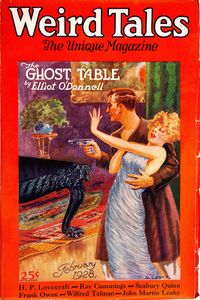
Conan the Barbarian by Robert E. Howard first saw print in the pages of Weird Tales. An FN+ copy sold in a September 2021 auction for $14,400. The sale marked a 362% increase over the previous sale of an FN+ copy for $3,120 in February 2019.
First Buck Rogers
Amazing Stories, one of the more popular of the early science fiction pulps, contained the first-ever appearance of Buck Rogers in any medium. Philip Francis Nowlan’s story “Armageddon 2419 A.D.” was published in the August 1928 issue, Amazing Stories Vol 3 #5. A F/VF condition copy sold in a Heritage auction in August 2018 for $6,600.
Buck Rogers would go on to great comic strip, radio, film, and television success.
First Print Appearance of The Shadow
By the 1930s, just prior to the first appearances of superheroes in comics, pulp magazines were incredibly popular. Street & Smith, a publisher that had been in existence since 1855, had slowly but surely gravitated toward pulp publishing early in the twentieth century.
Detective Magazine was one of their biggest sellers. While it’s not one of the highest-valued series for pulp collectors, what’s important about the series is how it led to the birth of The Shadow in print.
Perhaps the most expensive pulp magazine ever sold is The Shadow #1. Published in April 1931, it marks the first print appearance of the radio character created by Street & Smith to sell Detective Magazine.
In a May 2021 Heritage auction that featured a number of record-breaking sales for pulp magazines, a raw copy of The Shadow # in FN- grade sold for $156,000. This is likely the highest price paid for a 20th century magazine, and also the first time one sold for six figures, although that can’t be confirmed.
First Appearance of Doc Savage
With the explosive popularity of The Shadow, Street & Smith became the number-one game in town when it came to pulp publishing. Their success allowed them first to purchase Astounding Stories from Clayton Magazines in 1933, and then create another character who would cement their fame. That character was Doc Savage.
The Man of Bronze made his first appearance in Doc Savage #1, published in March 1933. A VG/FN condition copy of that first issue sold in the May 2021 Heritage auction for a record-setting $33,600. Just to show that this was no fluke, a GD/VG condition copy sold in a June 9 Heritage auction for $28,800.
Both The Shadow and Doc Savage would go on to star in their own comic book series. Which is fitting in a way. They were some of the earliest heroes who would influence the creation of superheroes in the pages of comic books. The comics would, in turn, hasten the demise of pulp magazines.
Do you collect contemporary magazines or pulp magazines? Would you like to see more blogs about magazine collecting? Let us know below!

